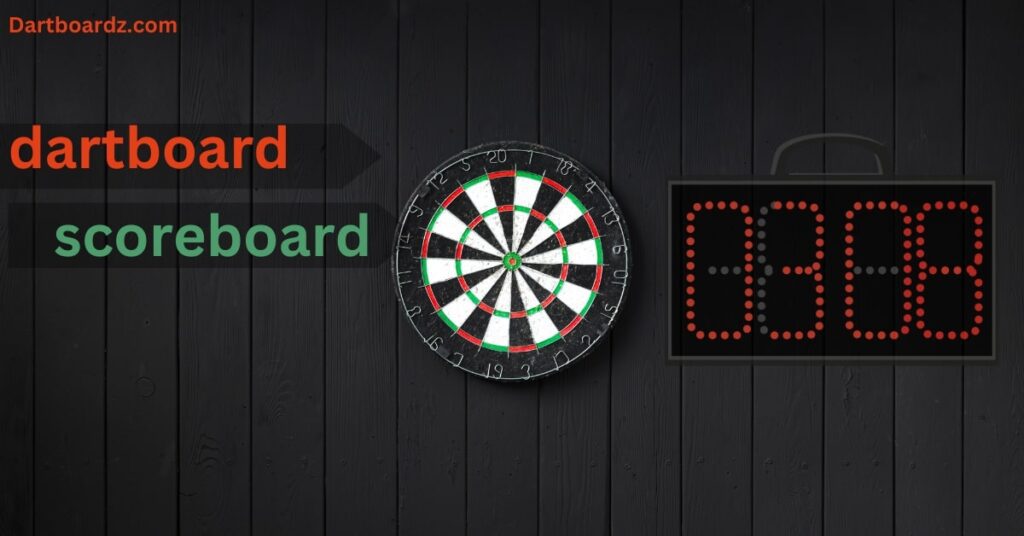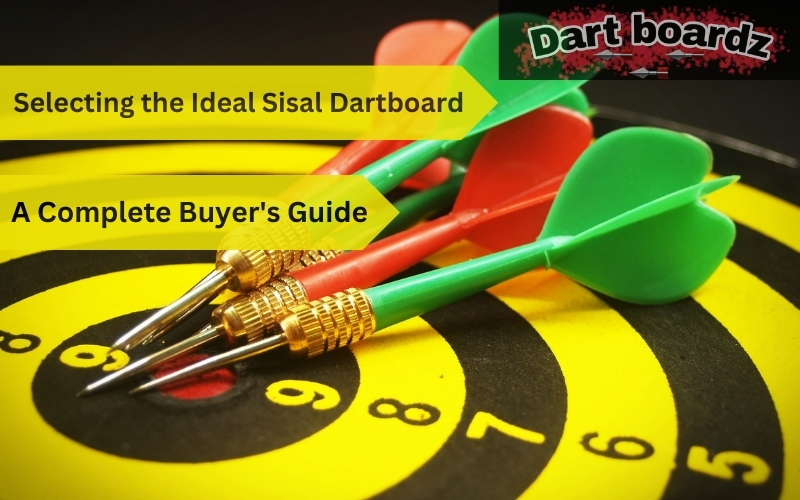Dartboard scoreboard is an essential component for any darts enthusiast, whether you’re a casual player or a seasoned pro. Understanding how to use and maintain your scoreboard properly can greatly enhance your dart-playing experience.
In this comprehensive guide, we’ll delve into the essentials of dartboard scoreboards, covering everything from types and features to installation tips and maintenance advice.
Types of Dartboard Scoreboards
Manual Scoreboards
Manual scoreboards are traditional chalk or whiteboard scoreboards that require players to manually update scores after each turn.
They are cost-effective and easy to use, making them a popular choice for home dart setups and casual games.
However, manual scoreboards can be prone to smudging and erasing, requiring frequent maintenance.To prevent smudging, consider using chalk markers instead of traditional chalk. These markers offer vibrant colors and are easier to clean.
Additionally, some manual scoreboards come with magnetic scoring systems, allowing players to easily move and adjust scores without the need for chalk or markers.
Electronic Scoreboards
Electronic scoreboards feature LED or LCD displays that automatically update scores as players throw their darts.
They offer convenience and accuracy, eliminating the need for manual score keeping and reducing errors.
Electronic scoreboards often come with additional features such as game modes, player statistics, and built-in sound effects.
Some advanced electronic scoreboards even offer online connectivity, allowing players to compete with others worldwide and track their progress over time.
Consider choosing an electronic scoreboard with customizable display options, allowing you to adjust the font size, color scheme, and scoring layout to suit your preferences.
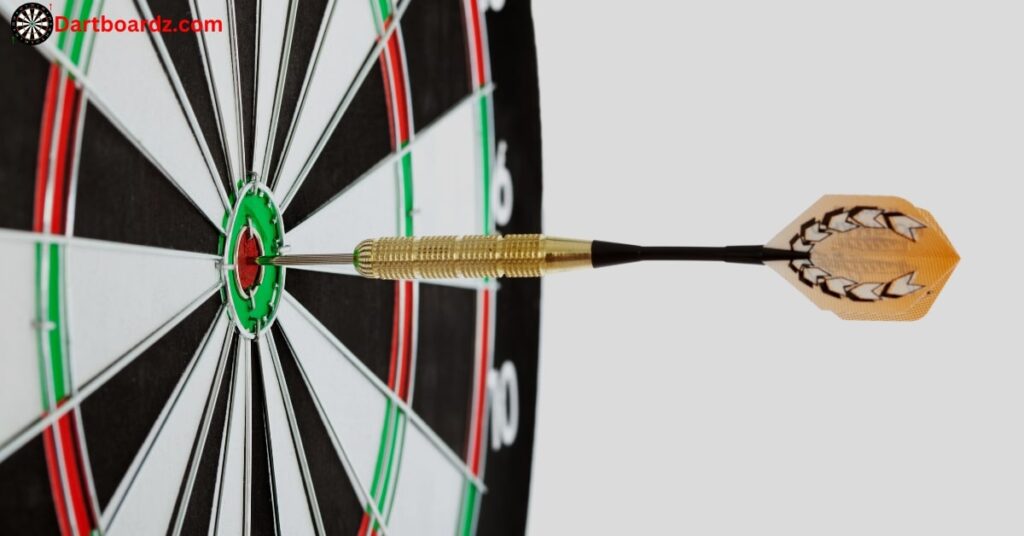
Features to Consider
Display Size and Visibility
Choose a scoreboard with a clear and easily readable display, especially if you’ll be playing in dimly lit environments.
Larger displays with bright LED lights are ideal for improving visibility and ensuring that scores are visible from a distance.
Consider opting for a scoreboard with adjustable brightness settings, allowing you to customize the display according to your preferences and lighting conditions.
Some electronic scoreboards even come with built-in LED lights around the display, providing additional illumination and enhancing visibility in low-light conditions.
Game Modes and Variations
Look for scoreboards that offer a variety of game modes and variations, including popular games like 301, 501, Cricket, and more.
Some electronic scoreboards even allow for custom game configurations, allowing you to tailor the scoring system to your preferences.
Additionally, consider choosing a scoreboard with built-in game tutorials or instructional videos to help beginners learn the rules and strategies of different dart games.
Look for scoreboards that offer automatic scoring for popular game variations, reducing the need for manual calculations and streamlining game play.
Multiplayer Support
If you frequently play darts with friends or family, consider a scoreboard that supports multiple players simultaneously. Look for features such as individual player score tracking, team modes, and automatic turn rotation to streamline multiplayer games.
Some electronic scoreboards even offer wireless connectivity, allowing multiple scoreboards to sync together and display scores in real-time across different rooms or locations.
Consider choosing a scoreboard with customizable player profiles, allowing each player to input their name and preferred settings for a personalized gaming experience.
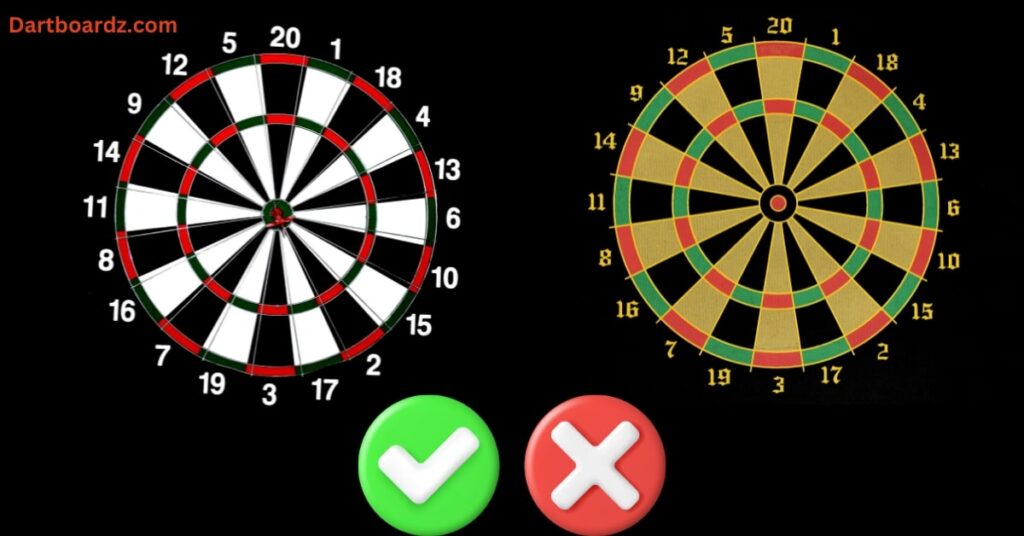
Installation and Setup
Mounting Options
Depending on the type of scoreboard you choose, you’ll need to decide on a suitable mounting option. Manual scoreboards can be hung on walls or placed on tabletops, while electronic scoreboards may require mounting brackets or stands.
When mounting a scoreboard on a wall, make sure to use sturdy screws and anchors to ensure stability and prevent the scoreboard from falling during gameplay. Some electronic scoreboards come with adjustable mounting brackets, allowing you to tilt the display for optimal viewing angles.
Power Source
Electronic scoreboards typically require batteries or a power adapter for operation. Make sure to choose a scoreboard with a power source that suits your preferences and setup location.
If using batteries, consider investing in rechargeable batteries to minimize waste and save money in the long run.
Some electronic scoreboards also come with energy-saving features, such as automatic power-off timers, to conserve battery life and reduce electricity consumption.
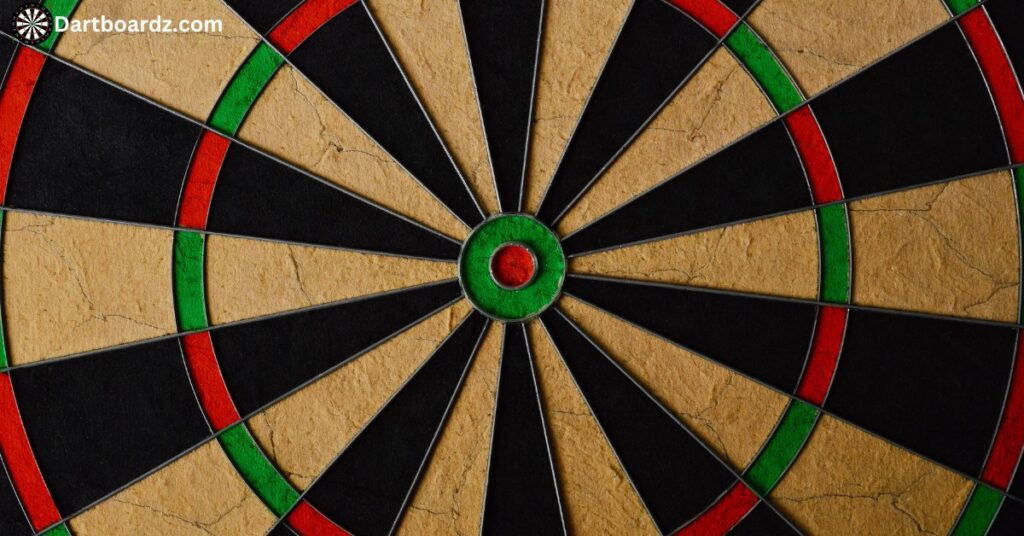
Maintenance Tips
Regular Cleaning
Keep your scoreboard clean and free of dust, dirt, and debris to maintain optimal visibility.
Use a soft, dry cloth to wipe down the display and casing regularly, avoiding harsh cleaning agents that may damage the scoreboard.
For electronic scoreboards, avoid using water or liquid cleaners near the display or control panel to prevent damage to internal components.
Consider using compressed air or a soft brush to remove dust and debris from hard-to-reach areas, such as the edges of the display and control buttons.
Battery Replacement
If you’re using an electronic scoreboard with batteries, check the battery levels regularly and replace them as needed to prevent interruptions during game play.
Consider keeping spare batteries on hand to ensure uninterrupted play, especially during long gaming sessions or tournaments.
Some electronic scoreboards come with low-battery indicators or alerts, notifying you when it’s time to replace the batteries for uninterrupted gameplay.
For more in-depth information on electronic dartboards, be sure to check out The Ultimate Electronic Dartboards Handbook.
Conclusion
A dartboard scoreboard is more than just a tool for keeping track of scores—it’s an essential companion for every dart player. Whether you prefer the simplicity of a manual scoreboard or the convenience of an electronic one, choosing the right scoreboard can enhance your dart-playing experience and elevate your game to new heights.
By considering factors such as display visibility, game modes, installation options, and maintenance requirements, you can find the perfect scoreboard to suit your needs and enjoy countless hours of dart-throwing fun.
FAQs:
What is a dartboard scoreboard?
A dartboard scoreboard is a tool used to keep track of scores in dart games. It can be manual (such as a chalkboard) or electronic (with LED/LCD displays).
Why do I need a dartboard scoreboard?
A dartboard scoreboard helps players keep track of their scores during dart games, eliminating the need for mental calculations and ensuring fair play.
What are the advantages of an electronic scoreboard over a manual one?
Electronic scoreboards offer automatic score updates, reducing errors and streamlining game play. They also often come with additional features like game modes and player statistics.
How do I install a dartboard scoreboard?
Installation methods vary depending on the type of scoreboard. Manual dartboard scoreboards can be hung on walls or placed on tabletops, while electronic ones may require mounting brackets or stands.
How do I maintain a dartboard scoreboard?
Regular cleaning is essential to maintain visibility. Use a soft, dry cloth to wipe down the display and casing, and avoid harsh cleaning agents, especially for electronic scoreboards.
Can I use a dartboard scoreboard for different dart games?
Yes, most scoreboards support various game modes and variations, allowing you to play different dart games like 301, 501, Cricket, and more.

